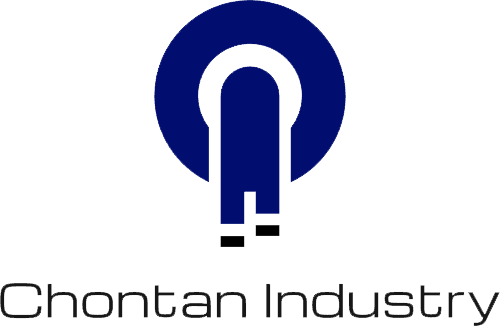Bringing a new product to life involves numerous stages, and creating functional prototypes is a critical step.
For metal components requiring tight tolerances and complex geometries, precision casting prototyping services offer a powerful solution.
Bridging the Gap from Design to Reality
Turning a digital design into a tangible metal part can be challenging. Traditional methods of creating metal prototypes can be time-consuming and expensive, especially for intricate designs.
Precision casting prototyping, often leveraging techniques like investment casting (lost-wax casting) with rapid prototyping technologies, provides a faster and more cost-effective route.
Key Advantages of Precision Casting Prototyping:
Accurate Representation: Precision casting prototypes accurately reflect the final product's material properties, dimensional accuracy, and surface finish. This allows for thorough functional testing and validation.
Complex Geometries: Unlike some prototyping methods, precision casting can easily accommodate intricate details, undercuts, and complex shapes, providing a true representation of the intended design.
Material Versatility: A wide range of metals and alloys can be used in precision casting, ensuring the prototype matches the intended production material, crucial for performance testing.
Faster Turnaround Times: Combining precision casting with rapid prototyping techniques like 3D-printed patterns significantly reduces lead times compared to traditional tooling methods
This allows for quicker design iterations and faster time-to-market.
Cost-Effectiveness: While initial setup might have costs, for complex parts and multiple iterations, precision casting prototyping can be more economical than extensive machining or other methods.
It helps identify design flaws early, preventing costly rework in mass production.
Design Flexibility: Prototyping allows for design refinements based on real-world testing and feedback before committing to expensive production tooling.
How it Works:
Precision casting prototyping services typically involve:
CAD Design: You provide a 3D model of your part.
Pattern Creation: A pattern (often made using 3D printing) replicating the final part is created.
Mold Creation: The pattern is used to create a ceramic mold.
Metal Pouring: Molten metal is poured into the mold.
Solidification and Finishing: The metal solidifies, the mold is removed, and the prototype undergoes necessary finishing processes.
Who Benefits from These Services?
Industries requiring high-precision metal parts, such as aerospace, medical devices, automotive, and defense,
greatly benefit from precision casting prototyping services. Engineers, designers,
and product developers can validate their designs, identify potential issues, and optimize their products before full-scale production.
In Conclusion:
Precision casting prototyping services are a game-changer for companies looking to innovate and bring complex metal products to market quickly and efficiently.
By providing accurate, functional prototypes in a variety of materials, these services empower businesses to refine their designs, reduce risks, and accelerate their product development lifecycle.
Consider leveraging precision casting prototyping for your next metal component project to experience the benefits firsthand.
